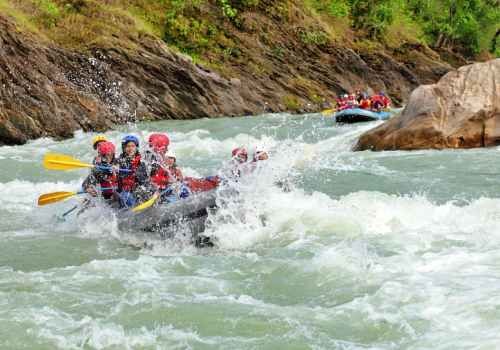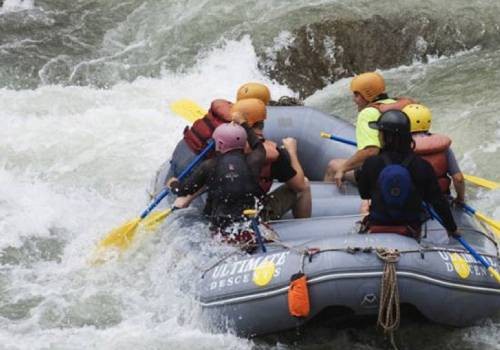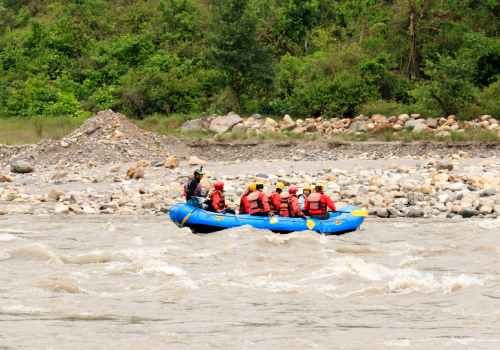"Raft on the river fed from the glacier of world 3rd high Mt. Kanchenjunga"
Tamur River Rafting, an adventure that leads to exploration around Nepal Far Eastern Himalayan foothills. One of the most remote Rafting Rivers of Nepal is fed from the glacier of world 3rd and country’s 2nd highest Mt. Kanchenjunga.
Tamur River Rafting, a combination of scenic flight with exciting local drive and few days treks to reach the starting point of rafting at Dovan, a small farm town of Taplejung and Kanchenjunga Himalaya region.
Taking a short flight from Kathmandu to Biratnagar, an industrial city located in southeast Nepal, where few hours of interesting drive leads you to the hill town of Dhankuta, and then reach Basantpur town to end the drive.
In Nepal, the main flow of foreign visitors is for trekking, mountaineering, and then rafting, so this trip allows you to taste both famous major activities of the country, an adventure with scenic treks, and exciting floats.
A wonderful moderate and scenic trek for four days to reach Tamur River and the starting point of rafting, during walks enjoy exploring nice rural villages with farm activities and enter cool dense forest lined with Sal trees and blue pines.
Walk heads on well-maintained trails with some uphill to encounter overlooking views of Mt. Kanchenjunga, Janu Himal, and Baruntse peaks and then walk leads to long descend back into warm low farm country at Dovan the put-in point of our rafting expedition on raging Tamur River.
After getting organized for the Wet River run for some days, our expert river guide and captain of the boat will brief on safety measures as well as the river currents and the grade of rapids.
Strong paddling required to challenge and to go through the mighty waves and white-water with exciting rapids of high grade from II to class V, rafting with many exciting moments with scenic floats.
Tamur the last final rivers that join the great Sapta Kosi, a meeting point of seven big fast rivers, namely Bhote Kosi, Sun Kosi, Tama Kosi, Dudh Kosi, Arun River and the Tamur river that makes a wide great Sapta Kosi. Where our rafting adventure concludes on the Gangetic plain of Far southeast Nepal.



